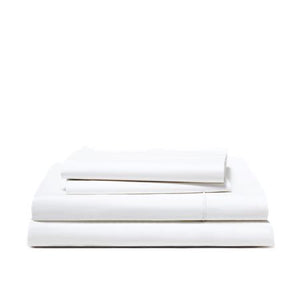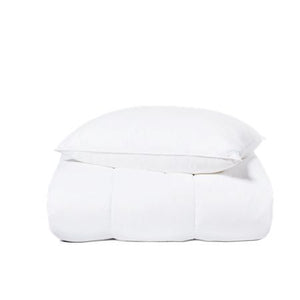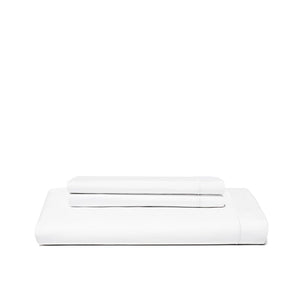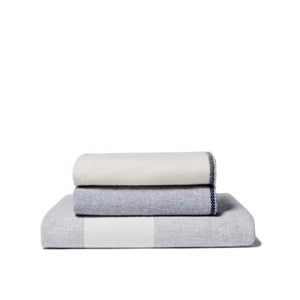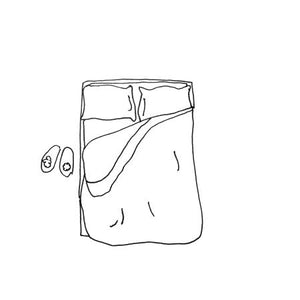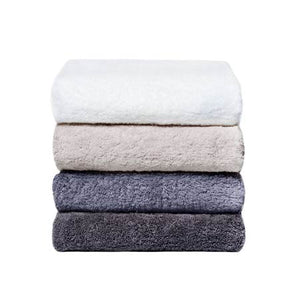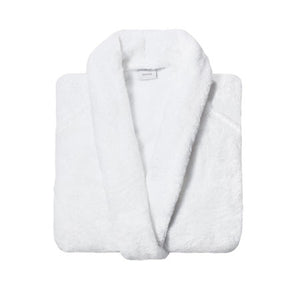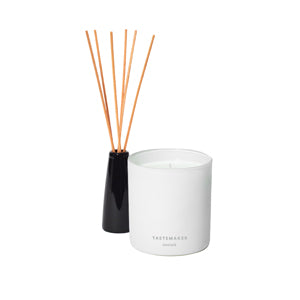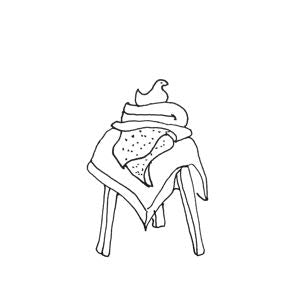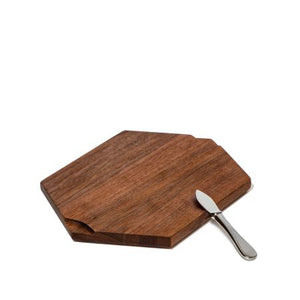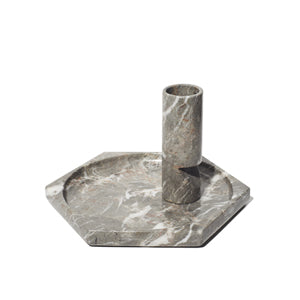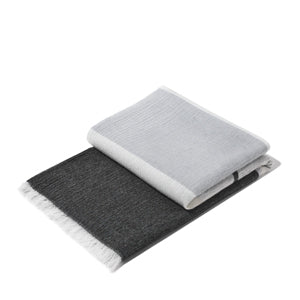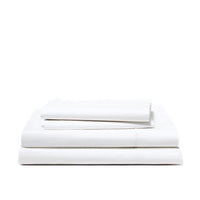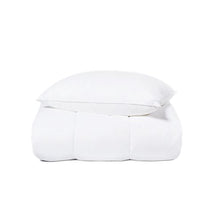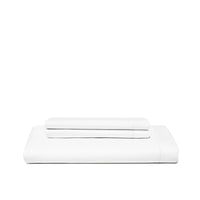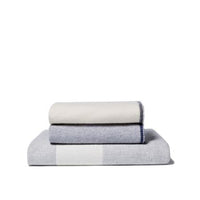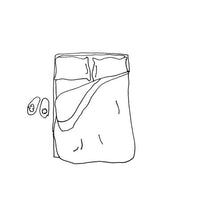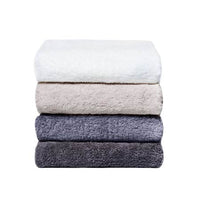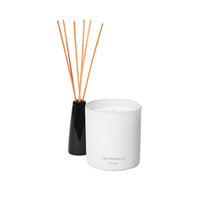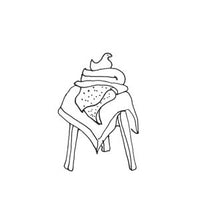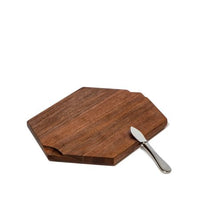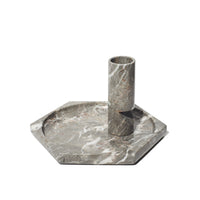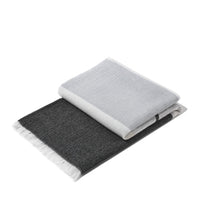Washing your duvet regularly might not be something you think about, just like many people who don't have a strict cleaning routine for their bedding.
This morning, you might have made your bed and realized you can't remember the last time you washed your duvet—or maybe you've never washed it at all. You might also be unsure about the difference between a duvet and a comforter.
No worries! We've made this simple guide to help you understand what a duvet is and how to clean it properly to get rid of allergens and dirt.
You might have heard the term "duvet" before and wondered what it really means, or maybe you're not sure if you have a duvet or a comforter. Understanding the difference between these two types of bedding doesn't have to be complicated.
A duvet consists of two parts: a cover and an insert. The insert is typically filled with materials like down, wool, or feathers. In contrast, a comforter is a single piece, often quilted, and filled with synthetic fibers. Comforters don't require a separate cover. So, if your bedding has an insert that goes inside a cover, you have a duvet.
Duvet vs. Comforter
Duvets and comforters are both bedding options, but they have key differences.
Duvets, filled with materials like down or feathers, are light and soft and designed to be used with a washable cover. This cover keeps the duvet clean and allows for easy style changes. Regular washing of the cover, sheets, and pillowcases is essential to prevent dust, allergens, and odors.
Comforters are thicker and heavier, filled with materials such as polyester, and used without an extra cover. They come in various colors and patterns, simplifying bed-making and cleaning due to their all-in-one design.
Duvet Sets Pre-Wash Tips
Before washing a duvet, there are a few important steps to take to ensure the best possible outcome. This section will cover three key areas: inspecting for damage, pre-treating stains, and reviewing care instructions.
Inspecting for Damage
Before washing a duvet, it is important to inspect it for any damage. This includes tears, holes, or loose stitching.
If any damage is found, it should be repaired before washing. Washing a damaged duvet can cause further damage and reduce the lifespan of the duvet.
Pre-Treat Stains
Stains on a duvet can be difficult to remove, especially if they have been left to set for a long time.
To increase the chances of removing stains, it is important to pre-treat them before washing.
Different types of stains require different treatments. For example, ink stains may require rubbing alcohol, while oil stains may require dish soap.
It is important to research the best pre-treatment method for the specific type of stain.
Care Instructions Review
Before washing a duvet, it is important to review the care instructions.
Different duvet may have different care instructions, and it is important to follow them to avoid damaging the duvet.
Care instructions may include information on water temperature, washing machine settings, and drying instructions.
It is important to follow these instructions carefully to ensure the best possible outcome.
Duvet Washing Tips and Guide
When it comes to washing your duvet, there are two main options: machine washing and hand washing. Both methods can be effective, but it's important to follow the proper steps to ensure your duvet is cleaned thoroughly without getting damaged.
Machine Washing Steps
If your duvet is machine washable, follow these steps for a successful clean:
-
Check the care label: Before washing your duvet, check the care label to make sure it's machine washable. If it's not, you'll need to hand wash or spot clean it instead.
-
Choose the right detergent: Use a mild detergent that's designed for delicate fabrics. Avoid using bleach or fabric softener, as these can damage the filling.
-
Set the cycle: Set your washing machine to a gentle cycle with warm water. If your machine has an extra rinse or spin cycle option, use it to ensure all the soap is rinsed out.
-
Load the duvet: Place your duvet in the washing machine, making sure it has enough room to move around freely. If it's too cramped, it won't get clean.
- Dry the duvet: After washing, hang the duvet outside to dry or use a dryer on low heat. Make sure it's completely dry before using it again.
Hand Washing Techniques
If your duvet isn't machine washable, you'll need to hand wash it. Here's how:
-
Fill the bathtub: Fill your bathtub with warm water and add a small amount of mild detergent.
-
Soak the duvet: Submerge your duvet in the water and gently agitate it to make sure it's fully saturated.
-
Rinse thoroughly: Drain the water and refill the tub with clean water. Rinse the duvet thoroughly to remove all the soap.
- Dry the duvet: Squeeze out as much water as possible, then hang the duvet outside to dry or use a dryer on low heat. Make sure it's completely dry before using it again.
Choosing the Right Detergent
When washing your duvet, it's important to choose the right detergent.
Look for a mild detergent that's designed for delicate fabrics, and avoid using bleach or fabric softener. These can damage the filling and reduce the lifespan of your duvet.
If you're not sure which detergent to use, ask a professional or check the care label for recommendations.
Tips for Caring and Maintaining Your Quality Duvet

After washing a duvet, it is important to dry it properly to maintain its quality and extend its lifespan. The following subsections will cover different drying methods and maintenance tips.
Using a Dryer
A dryer is a convenient way to dry a duvet quickly. However, it is crucial to use low heat to prevent damage to the duvet's filling.
It is also recommended to use dryer balls or tennis balls to fluff and redistribute the filling during the drying process.
Wool dryer balls are a great alternative to traditional dryer balls, as they are eco-friendly and reduce drying time by absorbing moisture.
It is important to check the duvet's care label before tumble-drying to ensure it is safe to do so.
Air-Drying Methods
Air-drying a duvet is a gentle and effective way to dry it without causing any damage.
A drying rack or clothesline can be used to hang the duvet up to dry naturally.
It is important to avoid direct sunlight or heat sources, as they can cause the duvet to shrink or become brittle.
It is also recommended to fluff and redistribute the filling by hand during the drying process to ensure the duvet maintains its shape and loft.
Fluffing and Redistribution
Fluffing and redistributing the filling of a duvet is an essential part of its maintenance. It helps to prevent clumping and maintain the duvet's warmth and loft.
One way to fluff a duvet is to put it in the dryer with dryer balls or tennis balls on low heat.
Another way is to hang it up to air-dry and fluff it by hand periodically during the drying process.
It is also important to clean the lint filter of the dryer before and after drying the duvet to ensure effective drying and prevent lint buildup inside the machine.
After Washing: Steps to Maintain the Quality of Your Duvet
Spot Cleaning
Even after washing, it is possible for a duvet to get stained or soiled. In such cases, spot cleaning can come in handy.
The user can use a mild detergent and water to clean the stained area.
It is important to ensure that the detergent is rinsed off completely to prevent any residue from accumulating and causing damage.
Storing Your Duvet
Proper storage of a duvet is crucial for its longevity.
It is best to store a duvet in a cool and dry place, away from direct sunlight.
Direct sunlight can cause the colors to fade and weaken the fabric.
It is also important to ensure that the duvet is completely dry before storing it to prevent any mold or mildew growth.
Regular Maintenance
Regular maintenance of a duvet can help extend its life.
Fluff and shake the duvet regularly to prevent the filling from clumping or shifting, which also helps maintain its loft.
Washing Frequency Duvet Bedding Sets
When it comes to washing a duvet, there is no one-size-fits-all answer to how often it should be done.
The frequency of washing depends on factors such as usage, personal preference, and whether it's used with a cover. However, it is generally recommended to wash a duvet every 6 to 12 months to keep it clean and fresh.
Regular washing of a duvet is essential to maintain its quality and prolong its lifespan.
Body oils, sweat, and dirt can accumulate on the duvet over time, which not only affects its appearance but also its functionality. Regular washing helps to remove these impurities and keep the duvet clean and hygienic.
For those with allergies, washing the duvet more frequently may be necessary to reduce allergen buildup.
It is also important to note that if a duvet is used daily, it is more likely to get dirty and require more frequent washing.
When washing a duvet, it is important to follow the care instructions provided by the manufacturer.
Some duvets can be machine-washed, while others require professional cleaning. It is also important to use a mild detergent and avoid pouring it directly onto the duvet.
Conclusion
Properly caring for your duvet ensures it remains fresh, clean, and comfortable for years to come. Understanding the differences between duvets and comforters, and following the correct pre-wash care, washing, and drying methods, are key to maintaining your duvet's quality.
Regular maintenance, including spot cleaning and proper storage, helps preserve its loft and longevity. By following these simple steps into your routine, you can enjoy a clean, cozy, and inviting bed.
Frequently Asked Questions
How do you wash a duvet without ruining it?
- Remove the duvet cover.
- Add mild laundry detergent to the washer.
- Load the duvet evenly.
- Use a gentle cycle with cold water.
- Press start and let it wash.
- Clean the lint filter before drying.
Should you wash a duvet by itself?
Yes, wash the duvet by itself to ensure even cleaning and avoid tangling. Spread it out evenly in the machine and use a small amount of liquid detergent.
Can I use vinegar to remove odors from my duvet?
Yes, you can use vinegar as a natural odor remover for your duvet. Add a cup of white vinegar to the rinse cycle when washing your duvet. The vinegar will help break down any lingering odors and leave your duvet smelling fresh. Be sure to dry the duvet thoroughly afterward to eliminate any vinegar scent.
What's the best way to remove odors from a duvet?
Hanging the duvet outside in fresh air and sunlight can help remove odors naturally. You can also sprinkle baking soda over the duvet, let it sit for a few hours, and then vacuum it off to absorb odors.
